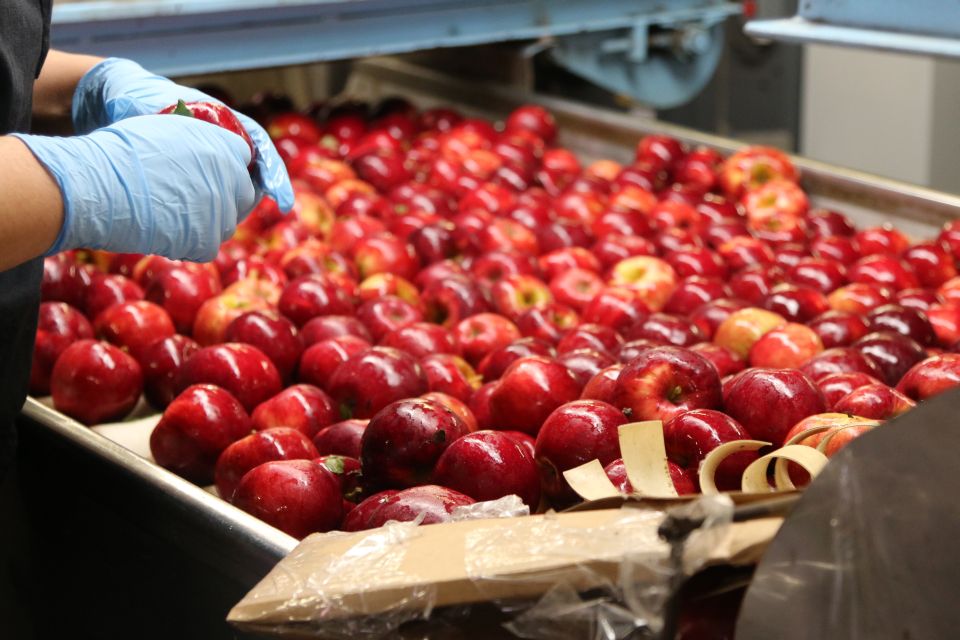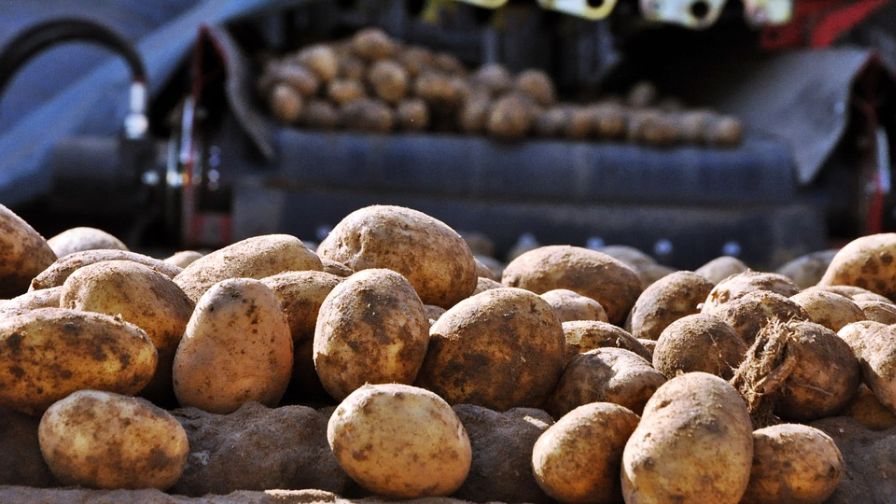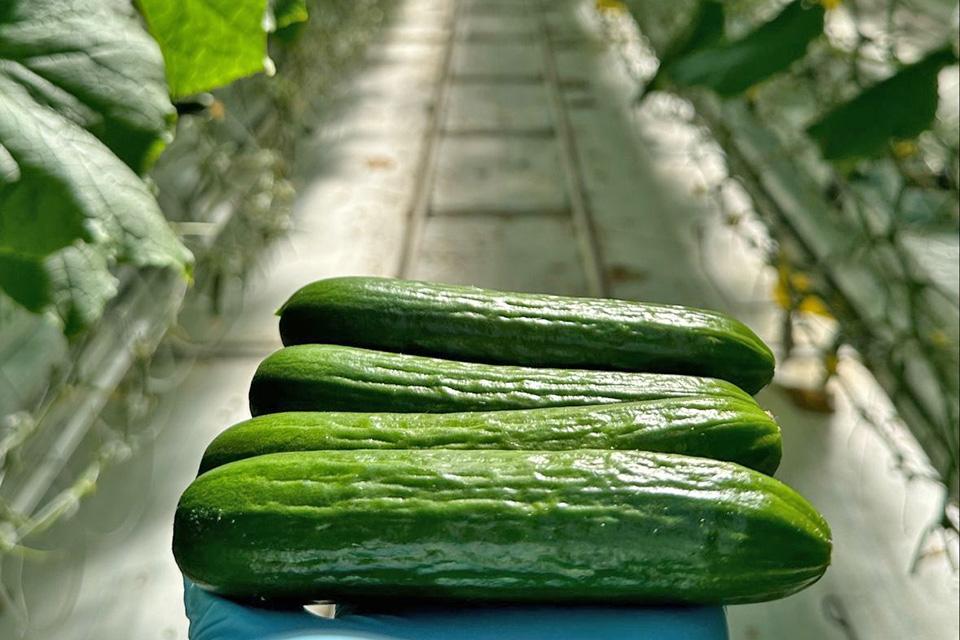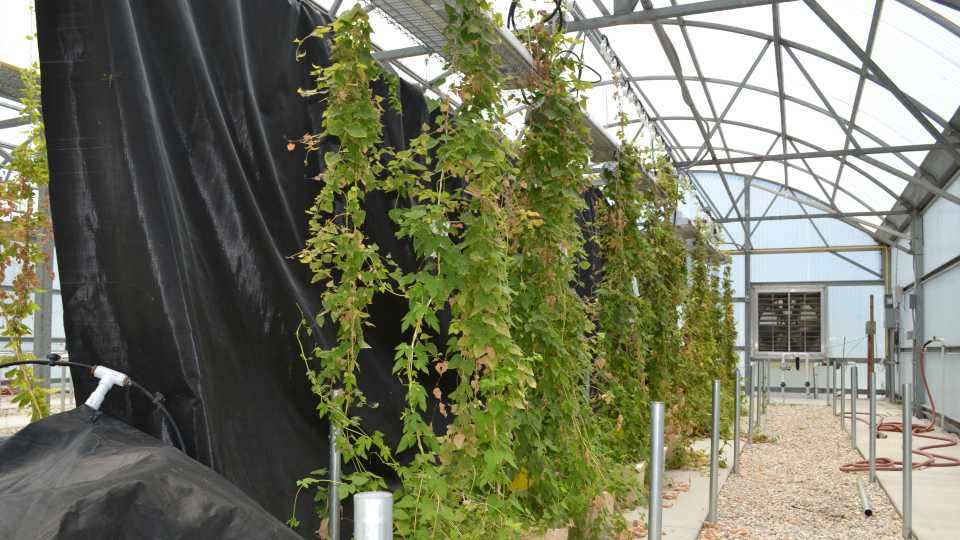Some Almond Growers In For A Tough Bloom
Many California almond growers might face short crops and higher costs this year as they are having a tough pollination season.
Many growers wait until the last minute to firm up pollination contracts with beekeepers, hoping to get a bargain on colonies somewhat lesser than the standard 8-frame minimum needed for full strength, says University of California Cooperative Extension honeybee expert Eric Mussen. But in the face of a shortage of honeybees, that strategy has seriously backfired.
“This year we’re so short that not-so-hot colonies are going for way more than the guys who planned ahead and got full strength colonies,” Mussen said from his office at the UC-Davis Department of Entomology.
The $150 generally paid by growers who planned ahead and got an 8-frame or better colony has soared to the $200-$225 range even for colonies of lesser quality, he said. Even then, some growers are going to be left in the cold because the state’s nearly 800,000 acres of almond orchards require approximately 1.6 million colonies or 2 per acre, and there aren’t that many colonies available. The industry will be come up short, but exactly how short is anyone’s guess, said Mussen.
That’s because of the myriad problems faced by beekeepers this year – not all of them fully, or even partly, understood. Approximately 2/3 of the nation’s captive bees are needed to pollinate California’s almond crop each February. Many of those bees summer in the Midwest and other parts of the country that suffered a withering drought this past year, making bee nutrition, and colony strength, problematic.
In addition, varroa mite, which has been a problem for many years, was even more of a challenge to deal with this past year. Mussen said beekeepers lost access to a product containing the active ingedient amitraz, and they lost the ability do a quick knockdown of varroa mites.
But even growers whose hives looked fine, with a really good crop of honey, had problems. The hives would look good into the fall, even into the winter, but when January came all of a sudden many of the bees were gone.
“We just don’t understand how that happened,” he said. “And these aren’t bad beekeepers. These guys have been doing it for years and years.”
In this syndrome, known as Colony Collapes Disorder (CCD), a beekeeper can have a perfectly healthy hive, and then the foragers simply don’t return from their duuties. Even worse, inexplicably the nurse bees inside start flying off, and they too don’t come back, said Mussen.
“We might be able to turn it around if we knew what caused it,” he said.
There have been recent reports of colonies being sent in at the last minute from other states such as Florida, but Mussen said it will in all likelihood be too little, too late. The peak of bloom is usually mid-February, so even though bloom is later this year in most parts of the state, it’s past prime time.
It remains to be seen what will happen in the almond orchards this year. Mussen says it may all work out well in the end as “bees pollinate almonds on a community basis. The strong colonies will make up for the weak colonies.The strong colonies will clean the orchard of pollen by early afternoon and then go down the street and grab food from nearby orchards.”
Almonds are California’s biggest export. This year the National Agricultural Statistics Service is forecasting a record-breaking 2.1 billion meat pounds, valued at approximately $3 billion. California grows 80% of the global supply of almonds, and about 70% of California’s crop is marketed overseas.









